High blood pressure, also known as hypertension. This is a common yet serious condition that can lead to heart disease, stroke, and other health complications.
Moreover, hypertension is a major cause of premature death worldwide.
An estimated 46% of adults are unaware that they have hypertension.
According to one worldwide goal for noncommunicable diseases, decrease the prevalence of hypertension 33% by 2030.
As we know that medication is prescribed to manage high blood pressure but incorporating certain foods into your daily diet can help to lower blood pressure naturally.
These foods are great sources of vitamins such as potassium, magnesium, fiber, and antioxidants, which are helpful to improve cardiovascular health.
People with high blood pressure often do not feel symptoms that’s why checking blood pressure is the only way to know this.
Following some factors that have the risk of increasing blood pressure:
- older age
- genetics
- being overweight or obese
- not being physically active
- high-salt diet
- drinking too much alcohol
However, eating a healthy diet, daily exercise, and quitting smoking can help to minimize the risk of hypertension.
Here, we discuss the 10 best foods that are helpful to lower blood pressure.
What are the Symptoms of High Blood Pressure?
Many people who have high blood pressure don’t feel any symptoms. However, high blood pressure causes headaches, chest pain, blurred vision, etc.
If you have this symptom, check your blood pressure and manage this with medication or lifestyle changes because hypertension leads to heart disease, kidney disease, and stroke.
So, if blood pressure is 180/120 or higher, this is high blood pressure and the following symptoms:
- severe headaches
- chest pain
- dizziness
- abnormal heart rhythm
- difficulty breathing
- nausea
- vomiting
- blurred vision or other vision changes
- anxiety
- confusion
- buzzing in the ears
- nosebleeds
So, if you are experiencing any of these symptoms, seek care immediately.
Having your blood pressure measured by a medical specialist is the only way to identify hypertension.
Measuring blood pressure is a simple and painless procedure. Even though anyone can use automated devices to check their own blood pressure, a medical professional’s assessment is crucial for determining risk and related problems.
What are Risk Factors?
Unhealthy diets (heavy in trans and saturated fats, deficient in fruits and vegetables, excessive salt intake), physical inactivity, alcohol and tobacco use, and being overweight or obese are among the modifiable risk factors.
Air pollution is the most important environmental risk factor for hypertension and related disorders, although there are other risk factors as well.
Age over 65, a family history of hypertension, and co-existing conditions like diabetes or kidney disease are examples of non-modifiable risk factors.
10 Superfoods That Help Lower Blood Pressure
Research shows that certain foods and modifying your lifestyle helps you to lower blood pressure and prevent heart diseases.
Also, doctors prescribe medication for lower blood pressure such as angiotensin-converting enzyme (ACE) inhibitors.
Here are 10 foods that can promote normal blood pressure levels and support your overall health.
Berries

Antioxidant flavonoids known as anthocyanins is the best antioxidant which reduces blood pressure and this is in strawberries and blueberries.
In an analysis for 2019, the idea that anthocyanins and berries high in anthocyanins can lower blood pressure is supported by consistent studies.
However, they emphasize that there are various variables that may affect this conclusion, such as the length of the trial, the baseline characteristics, and the dosage, and that it cannot be generalized.
How to include
- Consume them as a sweet treat or as a snack after meals.
- Sprinkle them over oatmeal for breakfast or include them into smoothies.
- Half a cup of dried blueberries or about one cup of fresh or frozen blueberries constitute a serving of blueberries. Approximately seven strawberries make to a dish.
Beets
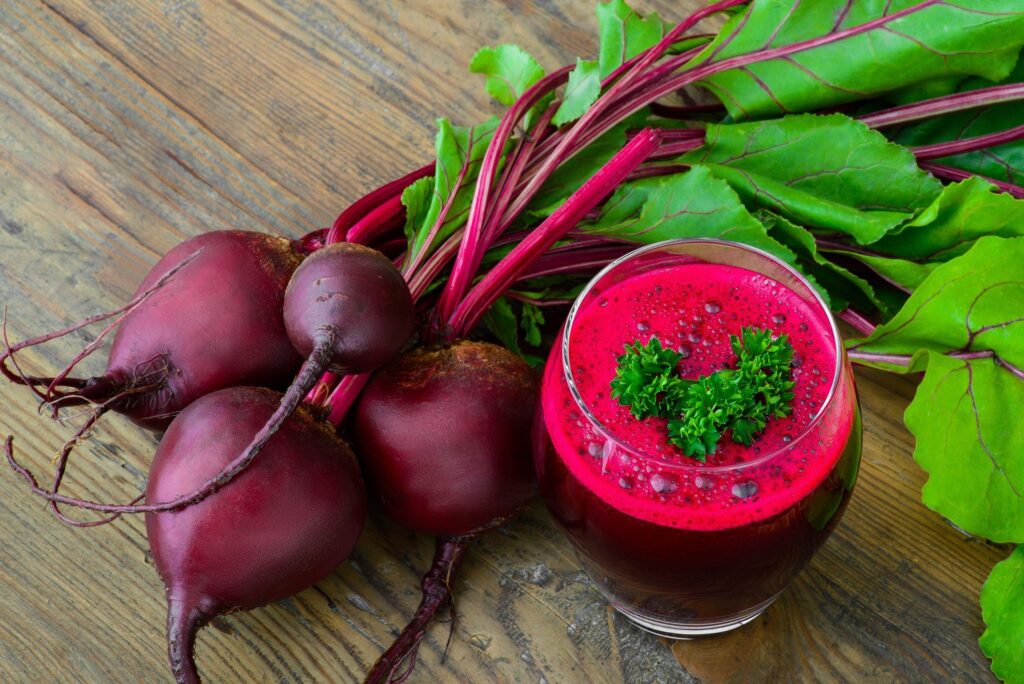
Beetroot includes dietary nitrate which is the best source to lower blood pressure. However, drinking beetroot juice may reduce blood pressure in the short and long term.
A 2022 systematic review states show that nitrate from beetroot juice reduces arterial hypertension patients’ systolic blood pressure but has no effect on their diastolic blood pressure (Reliable Source).
How to include
- Consuming one glass of beet juice daily
- Beets added to salads
- Cooking a side dish of beets
- A serving of beet is around 1 cup whether raw or cooked.
Bananas

Potassium, which is found in bananas, may help control hypertension.
Around 422 milligrams (mg) of potassium are found in one medium-sized banana.
However, one large banana, one cup of sliced banana, or two-thirds of a cup of mashed banana would constitute a serving.
According to the American Heart Association (AHA), Potassium eases blood vessel wall tension and lessens the effects of salt.
Adult males should strive to consume 3,400 mg of potassium daily, while adult females should aim for 2,600 mg, according to the Office of Dietary Supplements.
Other foods high in potassium include
- Lentils
- Apricots
- prunes
- acorn squash
- potatoes
People who have kidney problems should speak with a doctor before increasing their potassium consumption because too much of the mineral can be harmful.
Kiwis
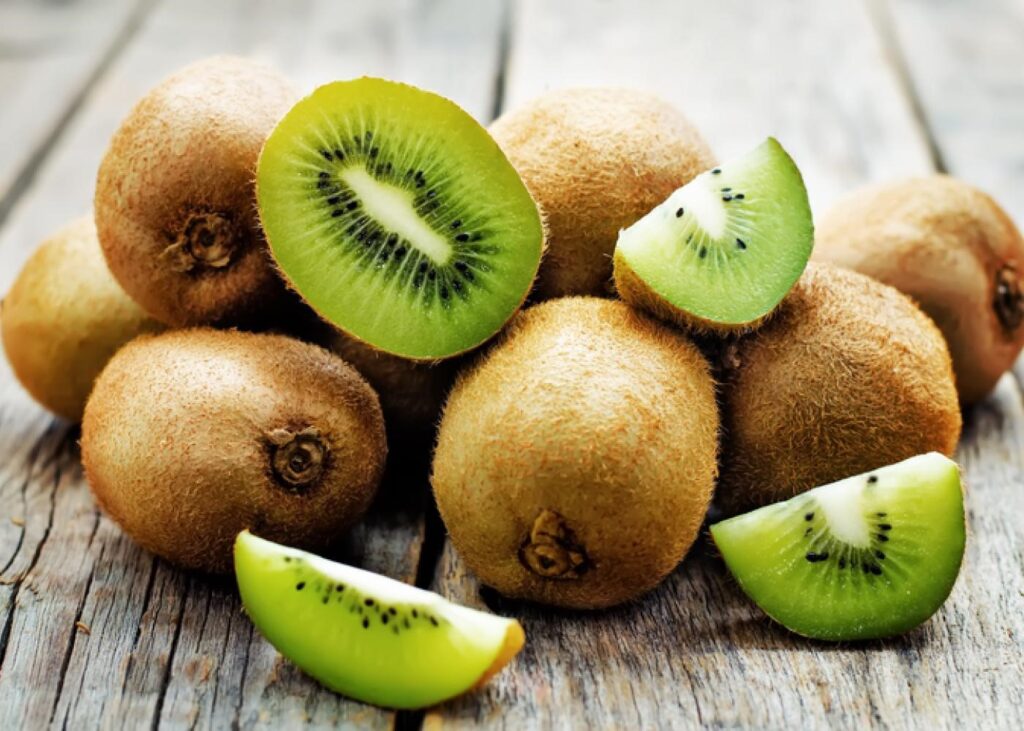
A 2022 randomized control experiment found that eating kiwis on a daily basis can lower systolic blood pressure among other benefits.
So, those people who consumed two kiwis daily before breakfast for seven weeks saw a 2.7 millimeter of mercury (mmHg) decrease in their systolic blood pressure.
Moreover, kiwis are a good source of Vitamin C.
A 20202 meta-analysis shows that persons with primary hypertension who took vitamin C supplements saw a considerable drop in blood pressure.
Include kiwis in your smoothies or lunchboxes. However, a serving consists of two to three kiwifruits or one cup of kiwi.
Watermelon

Citruline is an amino acid that is present in watermelon.
The body uses citrulline to make arginine, which helps in the production of nitric oxide, a gas that relaxes blood vessels and promotes artery flexibility.
Blood flow is improved by these effects, which can reduce high blood pressure.
However, a small controlled crossover trial was conducted in 2023 where the effects of watermelon juice on blood pressure in young, healthy adults were examined. They discovered that drinking watermelon juice for two hours reduced systolic blood pressure.
Comparably, a 2023 meta-analysis indicates that studies conducted through 2021 support the hypotensive properties of watermelon.
However, the authors draw attention to the necessity of future trials with bigger sample sizes.
Furthermore, in a little 2019 research, 27 persons drank watermelon juice or another beverage before to working out. While the males had an increase in blood pressure following exercise, the females who drank watermelon juice did not.
How to include
- as juice
- in salads, including fruit salads
- in smoothies
- in a chilled watermelon soup
Leafy Green Vegetables
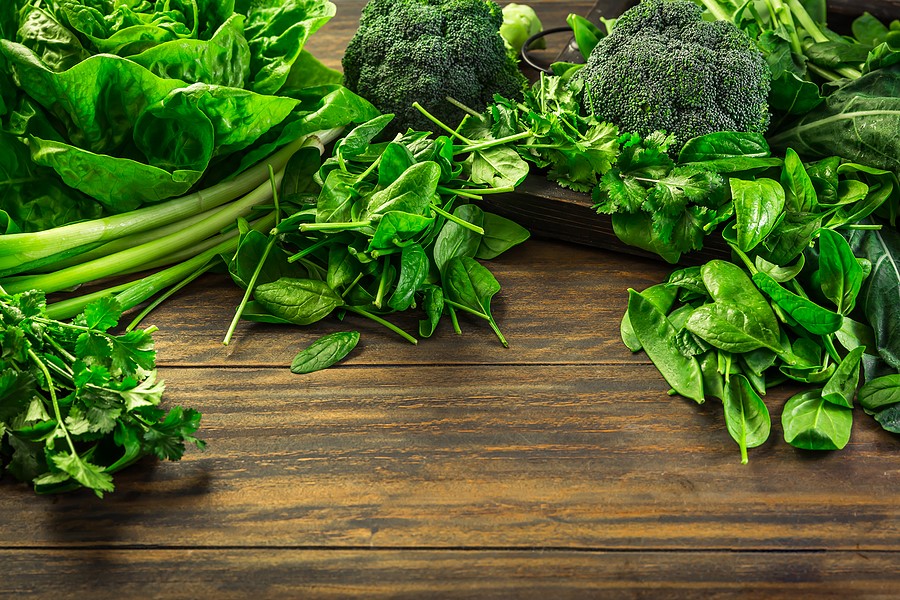
Leafy green vegetables aid in blood pressure regulation because to are rich in nitrates.
According to research in 2021, consuming one cup or more of leafy green vegetables every day is helps to lower blood pressure and minimize the risk of cardiovascular disease.
Here are some leafy greens and vegetables:
- cabbage
- collard greens
- kale
- mustard greens
- spinach
- Swiss chard
How to Consume
- sauté Swiss chard with garlicas a side dish
- bake a batch of kale chips
- stir spinach into curries and stews
Garlic

Many of the antibiotic and antifungal qualities of garlic may be attributed to allicin, which is the primary active component.
A 2020 review concludes that, garlic in general and Kyolic garlic can lower arterial stiffness, cholesterol, and blood pressure.
Many savory dishes, such as stir-fries, soups, and omelets, taste better with the addition of garlic. It can also serve as a flavorful substitute for salt.
Lentils& Other Pulses
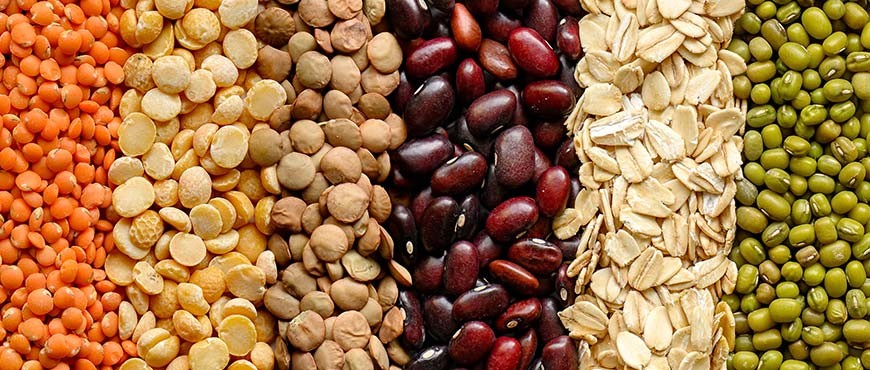
According to experts, Protein and fiber-rich lentils may help patients with hypertension’s blood arteries.
A 2022 investigation examined the consumption of legumes for a period of 3.7 years in 7,522 British individuals.
Researchers stated that higher daily legume consumption of 55–70 grams (g) has decreased the risk of hypertension.
Legumes include
- Beans
- peas
- lentils
Lentils are useful in a variety of ways, such as:
as an alternative to minced beef
adding bulk to salads
as a base for stews and soups
Pomegranates

Pomegranates have antioxidants and other ingredients that are very helpful to reduce high blood pressure.
According to 2018 research, Daily pomegranate juice consumption may lower systolic and diastolic blood pressure in diabetics.
Pomegranates can be eaten whole or juiced. Make sure there is no added sugar in prepared pomegranate juice before purchasing it.
Citrus Fruits
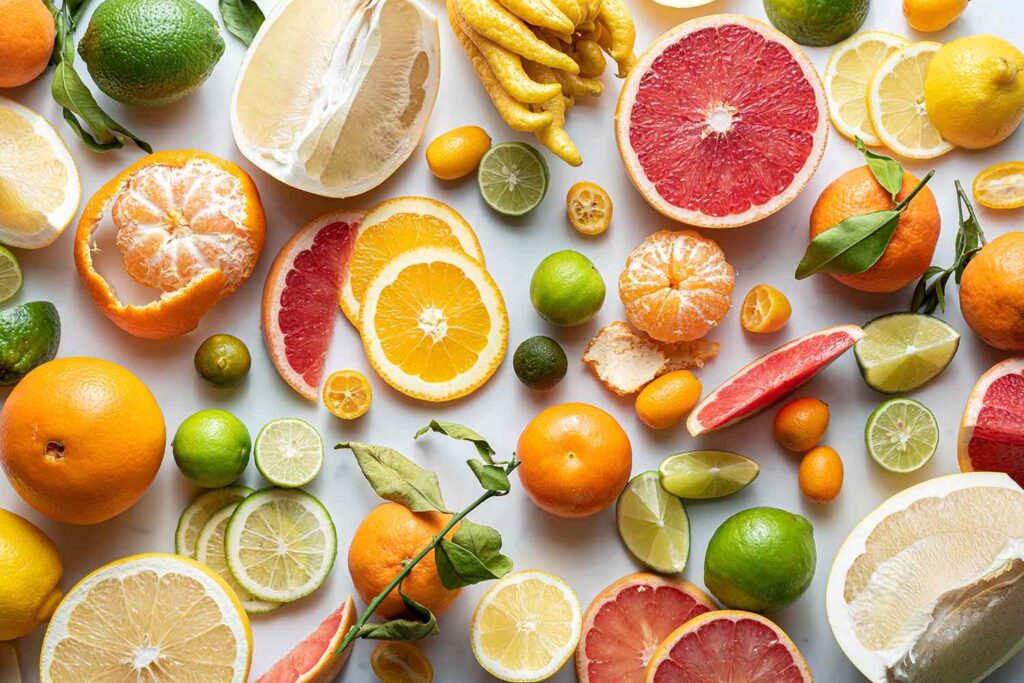
An antioxidant found in citrus fruits named “Hesperidin”, which is good for heart health.
According to a 2021 research, 12 weeks, 159 participants drank 500 cc of regular orange juice in 12 weeks.
As a result, hesperidin lowers the systolic blood pressure.
How to consume citrus fruits
As beverages, such as make orange juice or entire lemons into water, or in fruit salads.
In the case of oranges and grapefruit, the lemon juice is squeezed over the salads to add taste rather than salt.
Preventive Measures
As well as dietary measures, many lifestyle changes help to prevent high blood pressure or hypertension.
These preventive measures are:
What should you do
.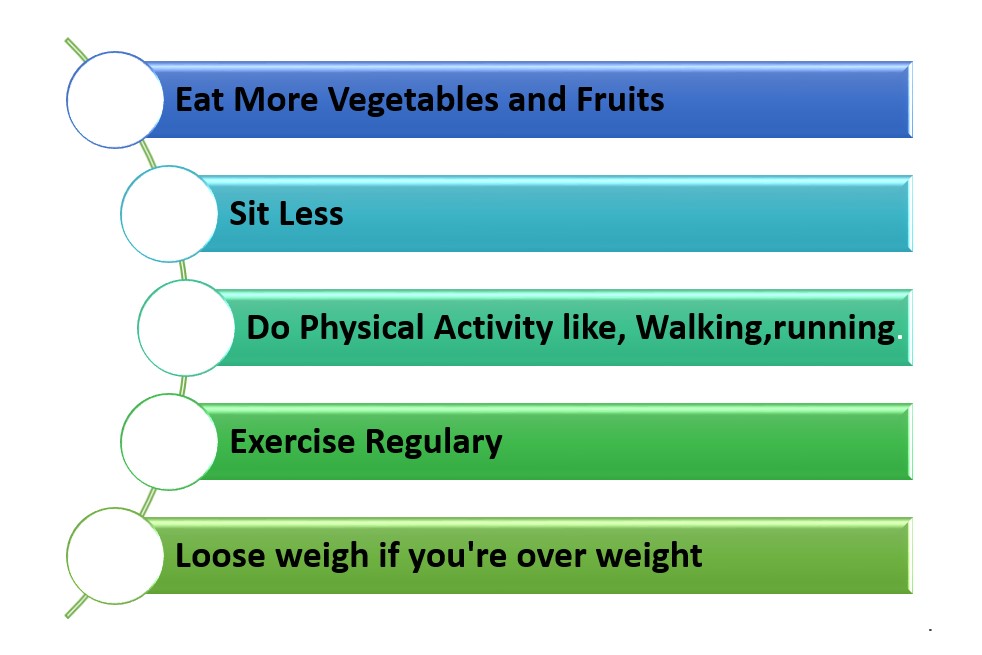
Avoid these
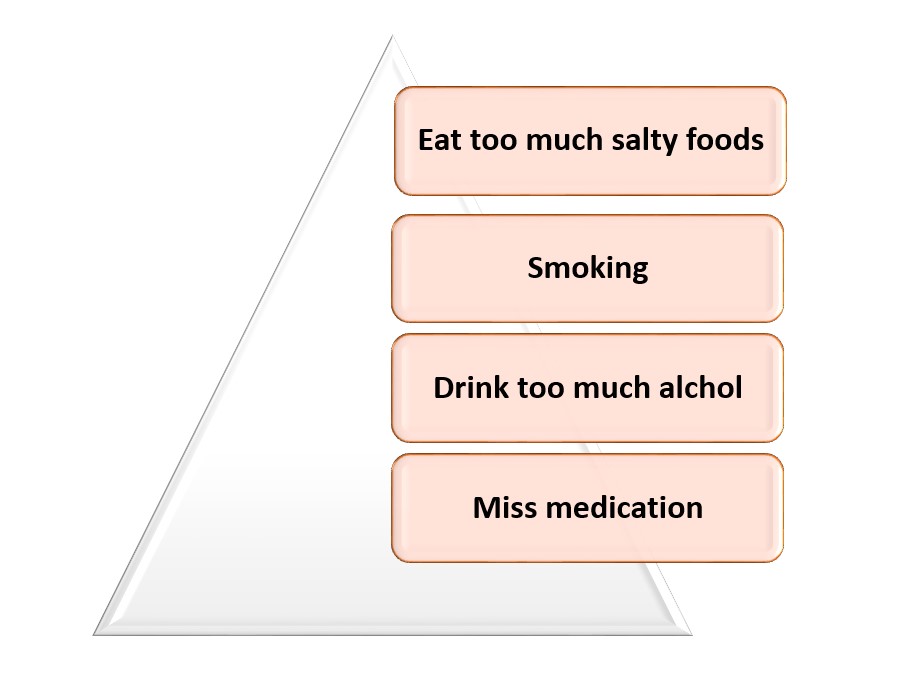
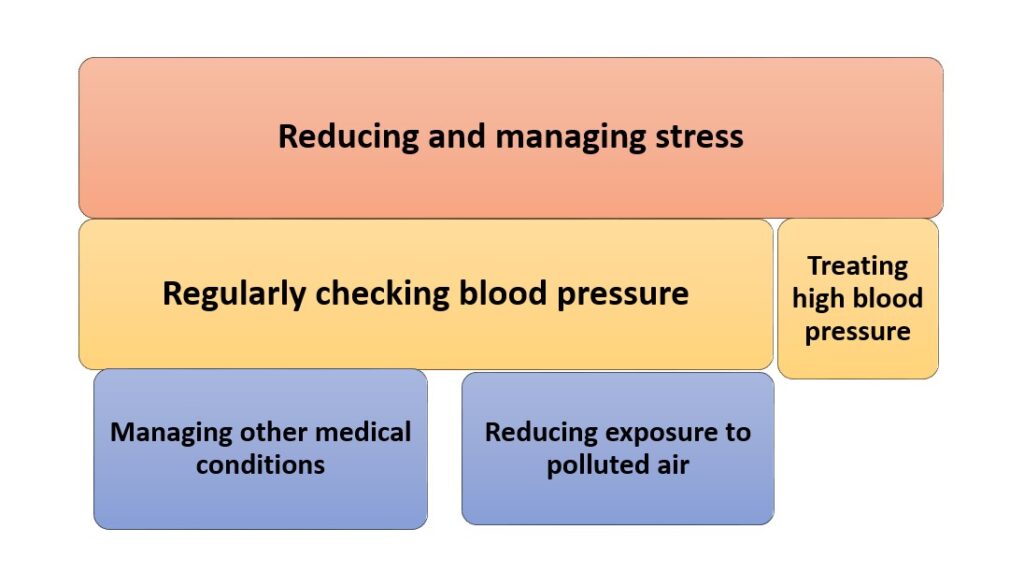
High blood pressure or hypertension is more common and its lead to heart disease.
However, changing one’s diet and way of life can help control high blood pressure.
It may be advantageous to follow a balanced diet that emphasizes consuming reasonable amounts of fruits, vegetables, oats, nuts, lentils, herbs, and spices.
On the other hand, consuming too much alcohol, salt, and processed food can make hypertension worse.
Moreover, must consult doctor if you have severe symptoms.
Your consultant diagnosis your symptoms deeply and helps you to create a strategy that includes physical activity, dietary decisions, and other strategies to control hypertension and lower the risk of heart disease and other conditions.



